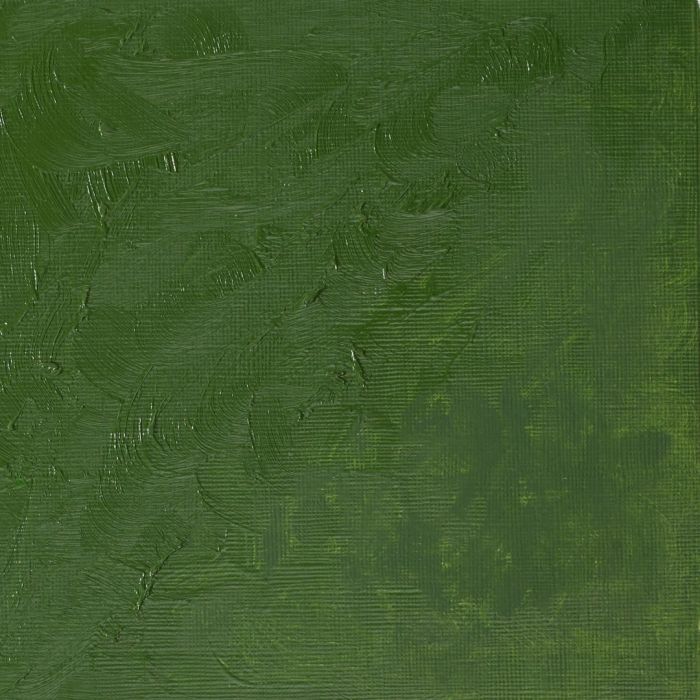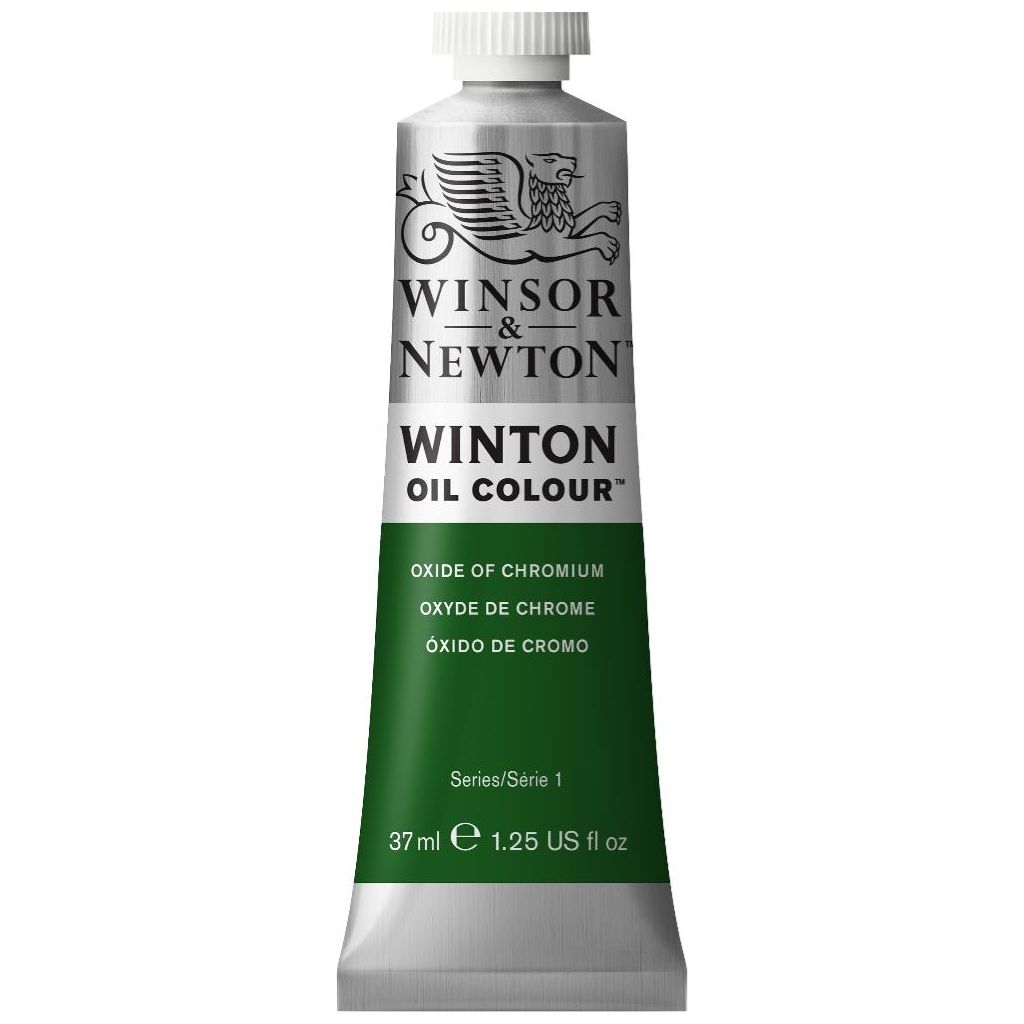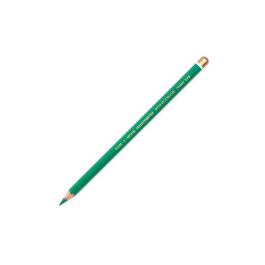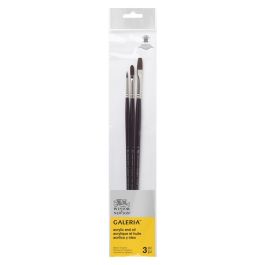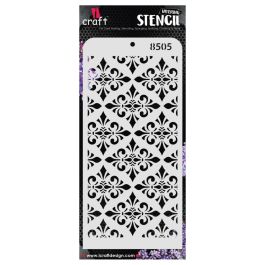Winsor & Newton Winton Oil Colour - Tube of 37 ML - Oxide Of Chromium (459)

Winsor & Newton Winton Oil Colour - Tube of 37 ML - Oxide Of Chromium (459)
Winsor & Newton Winton Oil Colour - Tube of 37 ML - Oxide Of Chromium (459)
Bright and Beautiful, W&N Winton Oil Colours offers quality and affordability, made from moderately priced pigments. All the tones have been carefully made to bring out the best of each pigment, so to create bold and vibrant artworks. Perfect for large volumes of colour with stiff and uniform consistency.
Oxide of Chromium is an opaque willow green pigment. Though discovered in 1809 it was only made available for artists in 1862. Today, it is commonly used for camouflage clothing.
Bright and Beautiful, W&N Winton Oil Colours offers quality and affordability, made from moderately priced pigments. All the tones have been carefully made to bring out the best of each pigment, so to create bold and vibrant artworks. Perfect for large volumes of colour with stiff and uniform consistency.
Oxide of Chromium is an opaque willow green pigment. Though discovered in 1809 it was only made available for artists in 1862. Today, it is commonly used for camouflage clothing.
The Galeria Acrylics line consists of 60 magnificent colors in 60ml tubes and 500ml Jars making it ideal for art & design students, hobbyists, muralists, decorative painters and fine artists who work on a grand scale.
Although Galeria Acrylics are sometimes referred to as a fine grade acrylic, their high pigment levels deliver professional results with significantly better covering power than many similarly priced brands
Bright and Beautiful, W&N Winton Oil Colours offers quality and affordability, made from moderately priced pigments. All the tones have been carefully made to bring out the best of each pigment, so to create bold and vibrant artworks. Perfect for large volumes of colour with stiff and uniform consistency.
Oxide of Chromium is an opaque willow green pigment. Though discovered in 1809 it was only made available for artists in 1862. Today, it is commonly used for camouflage clothing.

















